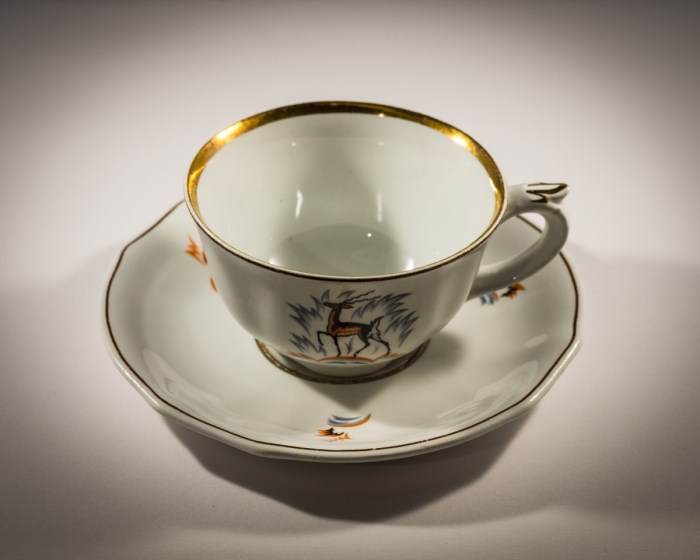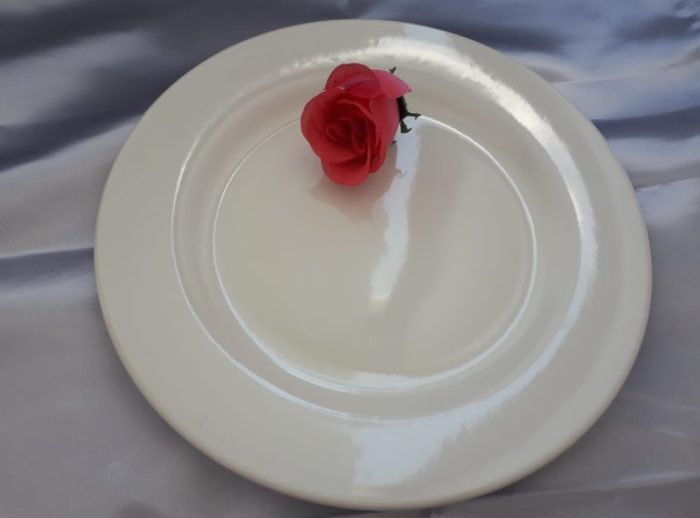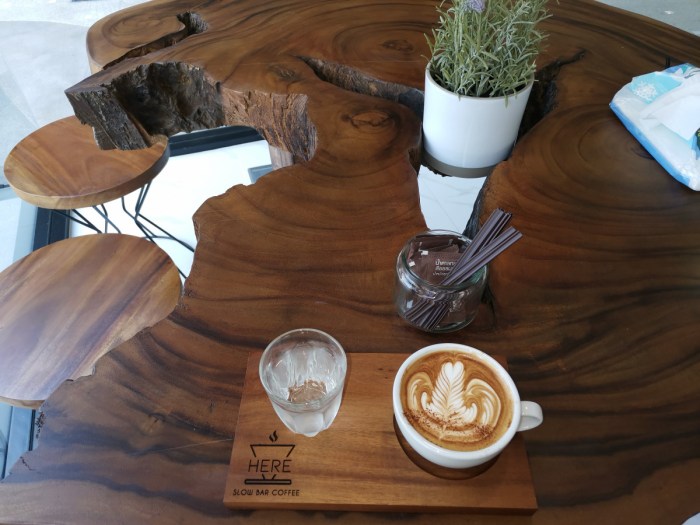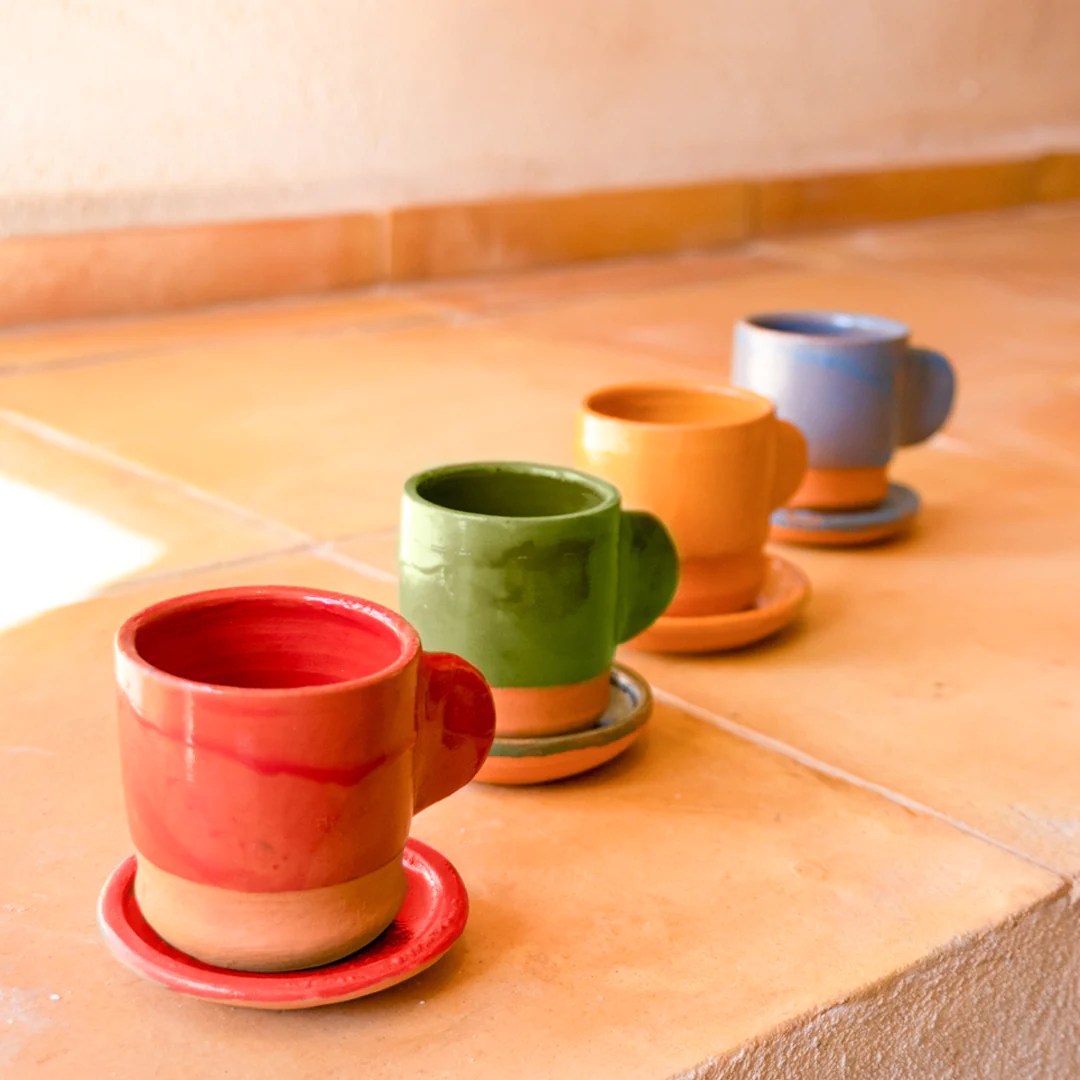Sala plato copa vaso taza—an array of words that evoke the essence of dining experiences, from intimate gatherings to grand feasts. These everyday objects hold cultural significance, reflect design trends, and serve a multitude of purposes. Embark on a journey to explore the fascinating world of sala plato copa vaso taza, where form meets function and tradition intertwines with innovation.
From their etymological roots to contemporary interpretations, these dining essentials have witnessed a remarkable evolution. Their diverse types, materials, and designs cater to varying needs and preferences, while their uses extend beyond the dining table, enriching our daily lives in countless ways.
Etymology and History

The words “sala,” “plato,” “copa,” “vaso,” and “taza” have rich etymologies and have undergone significant historical evolution. Let’s explore their origins and how their meanings have changed over time.
Sala
The word “sala” comes from the Latin word “sala,” which means “hall” or “room.” In Spanish, the term “sala” is commonly used to refer to a living room or a large reception room. In some regions of Latin America, “sala” can also refer to a classroom or a meeting room.
Plato
The word “plato” originates from the Greek word “platys,” meaning “flat” or “broad.” In Spanish, “plato” primarily refers to a flat dish used for serving food. Over time, the term has also come to encompass the food served on the dish.
Copa
The word “copa” comes from the Latin word “cuppa,” meaning “cup.” In Spanish, “copa” is used to refer to a drinking vessel with a stem, typically used for serving wine or other beverages. The term can also be used figuratively to represent a prize or a victory.
Vaso
The word “vaso” originates from the Latin word “vas,” which means “vessel.” In Spanish, “vaso” is commonly used to refer to a drinking glass or a container for holding liquids. The term can also be used to refer to a blood vessel or a plant’s vascular system.
Taza
The word “taza” comes from the Arabic word “tasa,” meaning “cup” or “bowl.” In Spanish, “taza” is used to refer to a cup with a handle, typically used for serving hot beverages such as coffee or tea. The term can also be used to measure volume, equivalent to approximately one-eighth of a liter.
Types and Variations

Salas, platos, copas, vasos, and tazas come in a wide range of types and variations, each with its own unique characteristics.
Salas, Sala plato copa vaso taza
Salas, or living rooms, are typically the largest and most versatile rooms in a home. They can be used for a variety of purposes, such as entertaining guests, relaxing, or watching television. Salas often feature comfortable seating, such as sofas and armchairs, as well as other furniture pieces, such as coffee tables and end tables.
Platos
Platos, or plates, are used for serving food. They come in a variety of sizes and shapes, depending on the type of food being served. Some common types of platos include dinner plates, salad plates, and dessert plates.
Copas
Copas, or glasses, are used for drinking beverages. They come in a variety of sizes and shapes, depending on the type of beverage being served. Some common types of copas include wine glasses, beer glasses, and cocktail glasses.
Vasos
Vasos, or cups, are used for drinking beverages. They are typically smaller than copas and have a handle. Some common types of vasos include coffee cups, teacups, and soup cups.
Tazas
Tazas, or mugs, are similar to vasos, but they are typically larger and have a wider opening. They are often used for drinking coffee or tea.
Sala, plato, copa, vaso, taza: these are all words for different types of tableware. Whether you’re setting the table for a formal dinner or just grabbing a quick bite, you’ll need the right tableware to make your meal enjoyable. If you’re looking for a deeper dive into the topic, you might find book of mormon cal poly an interesting read.
Whatever your tableware needs may be, be sure to choose pieces that are both functional and stylish.
Materials and Construction

The creation of salas, platos, copas, vasos, and tazas involves a variety of materials and construction techniques. These materials and techniques contribute to the functionality, durability, and aesthetic appeal of these essential tableware items.
The most common materials used to make salas, platos, copas, vasos, and tazas include:
- Ceramic: Ceramic is a versatile material made from clay that is fired at high temperatures. It is durable, non-porous, and can be glazed or painted to create a variety of colors and designs.
- Glass: Glass is a transparent material made from silica that is melted and then shaped. It is lightweight, durable, and can be molded into various forms.
- Metal: Metal, such as stainless steel or silver, is strong and durable. It is often used for cutlery and other items that require a high level of durability.
- Wood: Wood is a natural material that is lightweight and easy to work with. It is often used for serving bowls and other items that require a rustic or organic look.
- Plastic: Plastic is a lightweight and inexpensive material that is often used for disposable tableware.
The construction of salas, platos, copas, vasos, and tazas involves a variety of processes and techniques, including:
- Molding: Molding is the process of shaping clay or other materials into a desired form. This can be done by hand or using a mold.
- Glazing: Glazing is the process of applying a thin layer of glass to a ceramic surface. This creates a smooth, non-porous finish that is resistant to water and stains.
- Firing: Firing is the process of heating ceramic or glass to a high temperature. This hardens the material and makes it more durable.
- Polishing: Polishing is the process of smoothing and shining a surface. This can be done by hand or using a machine.
- Assembly: Assembly is the process of putting together the different parts of a sala, plato, copa, vaso, or taza. This can involve gluing, welding, or other techniques.
Uses and Functions

Salas, platos, copas, vasos, and tazas are essential tableware items found in homes and dining establishments worldwide. They serve various purposes, ranging from food preparation and serving to beverage consumption and decorative displays.In kitchens, salas (bowls) are used for mixing ingredients, preparing salads, and storing food.
Platos (plates) are the primary dishware for serving main courses, while copas (goblets) and vasos (glasses) are used for serving beverages such as wine, beer, and water. Tazas (cups) are designed for hot drinks like coffee, tea, or hot chocolate.Beyond
the kitchen, these items also play a role in dining etiquette and cultural practices. In formal settings, the arrangement of salas, platos, copas, vasos, and tazas on a table follows specific protocols to enhance the dining experience. In some cultures, the use of certain tableware items is associated with specific occasions or rituals.
For instance, in traditional Japanese cuisine, specific types of bowls and cups are used for serving different types of tea during tea ceremonies.
Cultural Significance
Salas, platos, copas, vasos, and tazas are more than just functional objects; they hold profound cultural significance in various societies. They are embedded in traditions, rituals, and symbolism, reflecting the values, beliefs, and social practices of different cultures.
Symbolism
- Salas:In many cultures, salas represent comfort, hospitality, and family gatherings. They are often the centerpieces of living rooms and are used for social interactions, relaxation, and entertaining guests.
- Platos:Plates symbolize nourishment, abundance, and sustenance. They are used not only for serving food but also for decorative purposes, often adorned with intricate designs and patterns that represent cultural heritage.
- Copas:Goblets are associated with celebration, festivity, and elegance. They are used for drinking wine, champagne, or other beverages and are often adorned with elaborate carvings or engravings.
- Vasos:Glasses are versatile vessels that represent clarity, purity, and simplicity. They are used for drinking water, juice, or other non-alcoholic beverages and can also serve as decorative elements.
- Tazas:Cups symbolize warmth, comfort, and familiarity. They are used for drinking tea, coffee, or other hot beverages and are often associated with relaxation, cozy atmospheres, and personal rituals.
Design and Aesthetics: Sala Plato Copa Vaso Taza

Salas, platos, copas, vasos, and tazas exhibit a wide range of design principles and aesthetic qualities that contribute to their visual appeal. These principles include balance, proportion, harmony, and contrast.
Color plays a significant role in the aesthetics of these objects. Salas and platos often feature vibrant hues and patterns that add a touch of elegance and sophistication to a room. Copas and vasos, on the other hand, are typically made of transparent or translucent materials, allowing the color of the beverage they contain to enhance their visual appeal.
Texture
Texture adds depth and interest to the design of salas, platos, copas, vasos, and tazas. Salas and platos may have smooth, glazed surfaces or textured surfaces with raised patterns or engravings. Copas and vasos often have ribbed or cut glass designs that create a play of light and shadow.
Shape
The shape of these objects is another important design element. Salas and platos come in a variety of shapes, including round, square, oval, and rectangular. Copas and vasos have tall, slender stems that allow them to be held comfortably. Tazas have wide, sturdy bases and handles for easy gripping.
By combining these design principles and aesthetic qualities, salas, platos, copas, vasos, and tazas create a visually pleasing experience that enhances the enjoyment of food and beverages.
Contemporary Trends
The modern era has brought about significant shifts in lifestyles and consumer preferences, which are reflected in the design and use of tableware. These trends encompass aesthetic sensibilities, functional considerations, and environmental consciousness.
One notable trend is the growing emphasis on sustainability. Consumers are increasingly opting for tableware made from eco-friendly materials, such as bamboo, recycled glass, and biodegradable plastics. These choices align with a desire to reduce environmental impact and promote a more sustainable lifestyle.
Shapes and Patterns
Contemporary tableware often features unique and innovative shapes and patterns. Geometric designs, organic forms, and bold colors are popular choices, reflecting a desire for visually appealing and distinctive tableware.
Multifunctionality
Modern tableware is often designed with multifunctionality in mind. For example, plates may have built-in compartments for different food items, while cups may double as measuring tools. This trend caters to the fast-paced and space-conscious lifestyles of many consumers.
Personalization
Customization has become a key trend in tableware. Consumers can now choose from a wide range of colors, patterns, and finishes to create tableware that reflects their personal style and preferences. This trend allows individuals to express their creativity and create tableware that is truly unique.
Top FAQs
What is the difference between a sala and a plato?
A sala is typically a large, flat dish used for serving main courses, while a plato is a smaller, individual plate for serving individual portions of food.
What is the purpose of a copa?
A copa is a stemware glass used for serving wine or other beverages.
What is the difference between a vaso and a taza?
A vaso is a drinking glass, typically cylindrical in shape, while a taza is a cup with a handle, often used for drinking coffee or tea.